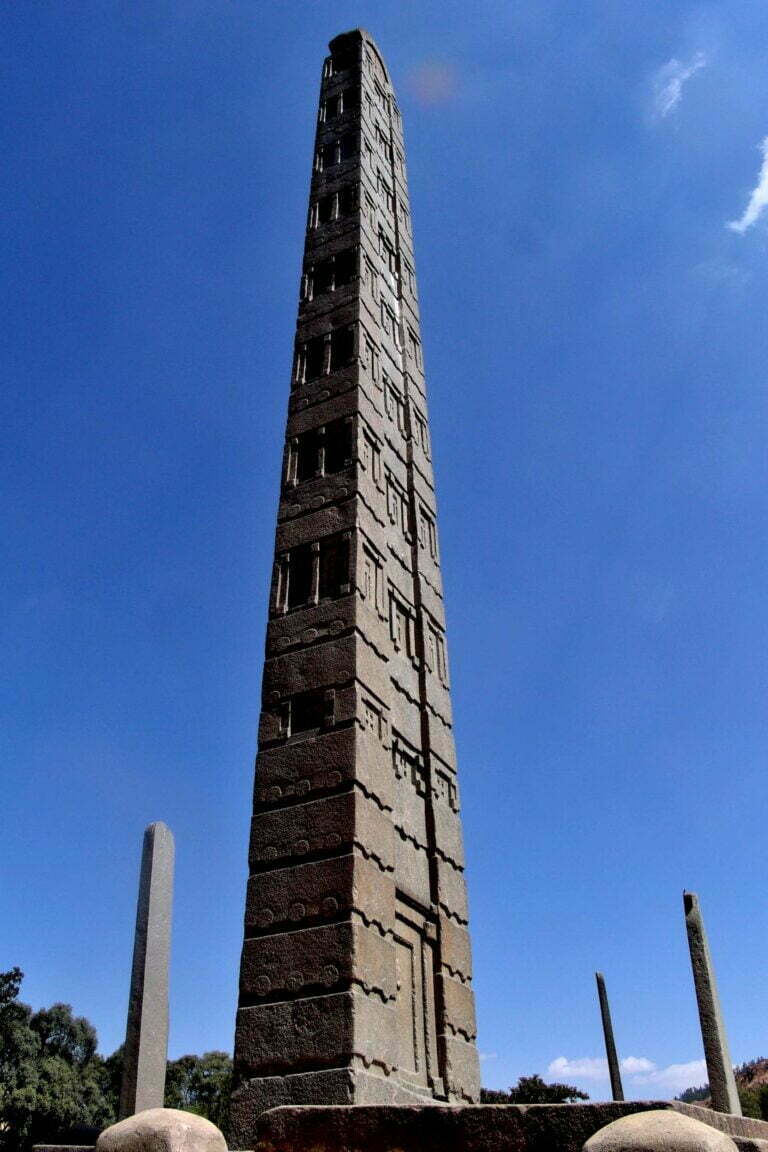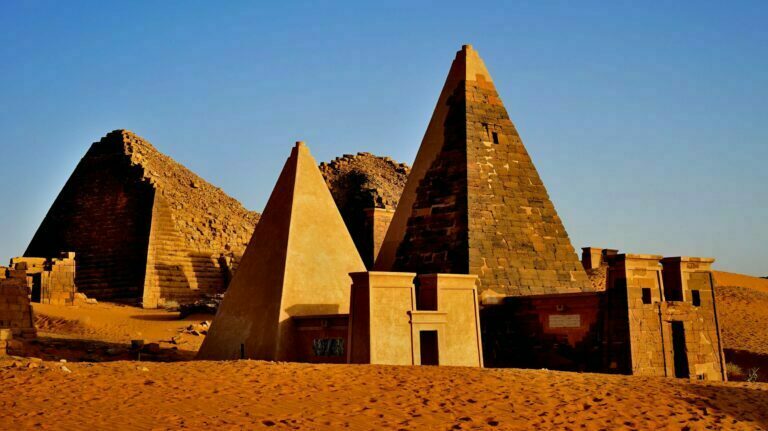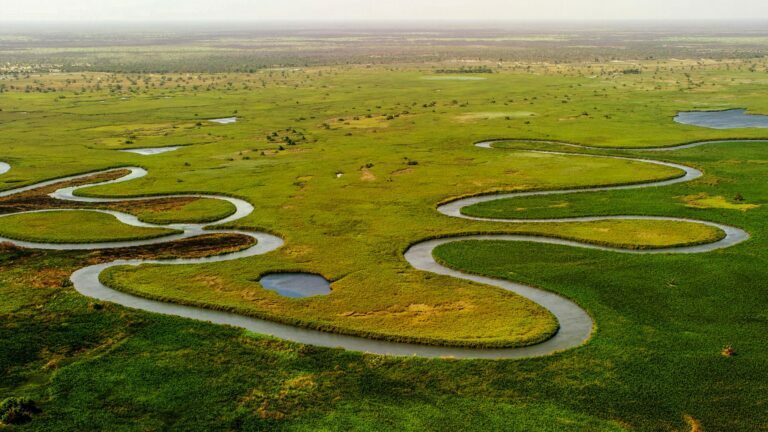Matobo Hills, also known as Matopos, is a region of granite hills and kopjes (rocky hills) located in the southeast of Bulawayo, Zimbabwe, steeped in history and tradition. Some believe that these hills are haunted by the spirits of long-dead Ndebele chiefs. In these hills, you’ll find a tapestry of cultural and natural wonders. Here are some key points about Matobo Hills:
Matobo Hills
The name “Matobo” itself has various interpretations, with some suggesting it means “the rocks” (matombe or madombe), while others contend it signifies “bald heads” (matobo). Regardless of its etymology, Matobo Hills stands as a geological marvel. Erosion, shaped by the flow of rivers, has given rise to stunning rock formations and deep valleys, forming a landscape that spans an area of about 1,200 square miles and reaches an average height of 5,000 feet (1,500 meters).
1. Geography and Wildlife: Matobo Hills is situated about 35 kilometers south of Zimbabwe’s second-largest city, Bulawayo. The region covers approximately 3,100 square kilometers and is characterized by a unique landscape of balancing rocks, granite domes, and wooded valleys.
The lifeblood of these hills comes from the Limpopo River and its tributaries, with dams constructed for irrigation, leisure, and water supply. The vegetation varies from lichens at the hilltops to lush greens in the valley marshes, creating a diverse habitat for a multitude of creatures, from insects and birds to lizards, monkeys, baboons, antelopes, and even lions.
2. Natural Beauty: These hills, characterized by their unique granite formations, have played a central role in the history of the region. Several large caves, such as Bambata, Nswatugi, and Silozwane, feature Khoekhoe paintings, offering a glimpse into the ancient artistry of the area.
Matobo Hills History
Furthermore, the hills are dotted with Stone Age and Iron Age historical sites, bearing testimony to the enduring human presence in this remarkable landscape. The area is known for its striking, undulating landscape and unique rock formations. The balancing rocks and giant granite boulders make it a popular destination for both tourists and nature enthusiasts.
3. Cultural Significance: Matobo Hills is not only a place of natural beauty but also holds immense cultural and historical significance. It is home to the ancestral spirits of the Ndebele people and is considered a sacred area. The hills contain numerous rock art sites, some of which are thousands of years old, showcasing the artistic expressions of the San people, who inhabited the area long ago.
Rock Paintings In Matobo
4. Cave Painting: Among the most compelling features of Matobo Hills are the cave paintings. These ancient artworks, dispersed across the region, offer a window into the lives of the people who once roamed these hills. They depict daily activities, hunting scenes, rituals, and the interaction between humans and animals.
The paintings showcase a rich palette of colors, including red, purple, orange, brown, and yellow. They provide insights into the spiritual practices, trance rituals, and rain-making traditions of the region. Some of the paintings are believed to have been created by hunter-gatherers, while others by Iron Age farmers, reflecting the shifting cultural landscape of the area.
5. Conservation Efforts: Matobo Hills is recognized as a UNESCO World Heritage Site due to its unique geological and cultural features. Conservation efforts are ongoing to protect the natural and cultural heritage of the area, including its rock art and wildlife.
6. Cecil John Rhodes’ Grave: The region is also famous for being the burial place of Cecil John Rhodes, a British imperialist and mining magnate who played a significant role in the colonization of southern Africa. His grave is located at a site called “World’s View” in the Matobo Hills.
7. Rock Climbing and Hiking: The rugged terrain and granite formations in Matobo Hills make it a popular destination for rock climbers and hikers. There are several designated trails and climbing routes in the area, offering various levels of difficulty for outdoor enthusiasts.
Matopos Zimbabwe
8. Matobo National Park: Much of the Matobo Hills area is protected within Matobo National Park. The park is known for its diverse wildlife, including a population of white and black rhinoceros as well as numerous species of antelope and other mammals.
Matobo Hills is home to Matobo National Park, which has a storied history. Initially, in 1902, it was a private farm, serving as a rental space for farmers and as a game park. Today, it covers 106,750 acres (43,200 hectares) and boasts landmarks such as the View of the World Hill, also known as Malindidzimu, where significant figures like Cecil Rhodes are buried.
9. Tourism: Visiting Matobo National Park is a unique opportunity to witness the harmonious coexistence of nature and human heritage. The thousands of rock art sites scattered across these hills are a testament to the spiritual significance of this place, both in the past and the present. Local communities continue to hold deep respect for the heritage embedded in these rocks.
Matobo National Park Heritage Sites Zimbabwe
If you can only explore one rock site in Matobo National Park, make it this one. Here, you’ll find some of the most vivid and remarkable rock art, including classic, shaded polychrome giraffes. The artwork is striking and colorful, a testament to the enduring culture and history of the region. Be sure to visit the site museum at the base of the hill for added context.
10. Visiting Hours: Matobo National Park is open year-round, from Monday to Sunday, 6 a.m. to 6 p.m., with entry included in the national park fee. The park’s coordinates are (20⁰32′08.54″S 28⁰28′42.42″E). To reach Nswatugi Cave, head towards Maleme Dam from the park’s check-in point, take a left at the 1.7-kilometer mark, and cross the wall.
Then, at the 3.7-kilometer mark, turn right to head north. Look for the “Nswatugi Cave” sign at 1.6 kilometers and follow the road. With green arrows guiding the way on the granite, the hike to Nswatugi Cave is short and straightforward. Nswatugi Cave, with its rich history and remarkable rock art, stands as a testament to the deep connections between humans and this extraordinary landscape.
It’s a place where art, history, and nature converge, offering a unique and profound experience for those who visit. Matobo Hills is a place where natural beauty and cultural heritage converge, making it a remarkable destination for those interested in both the natural world and the history and culture of southern Zimbabwe.




